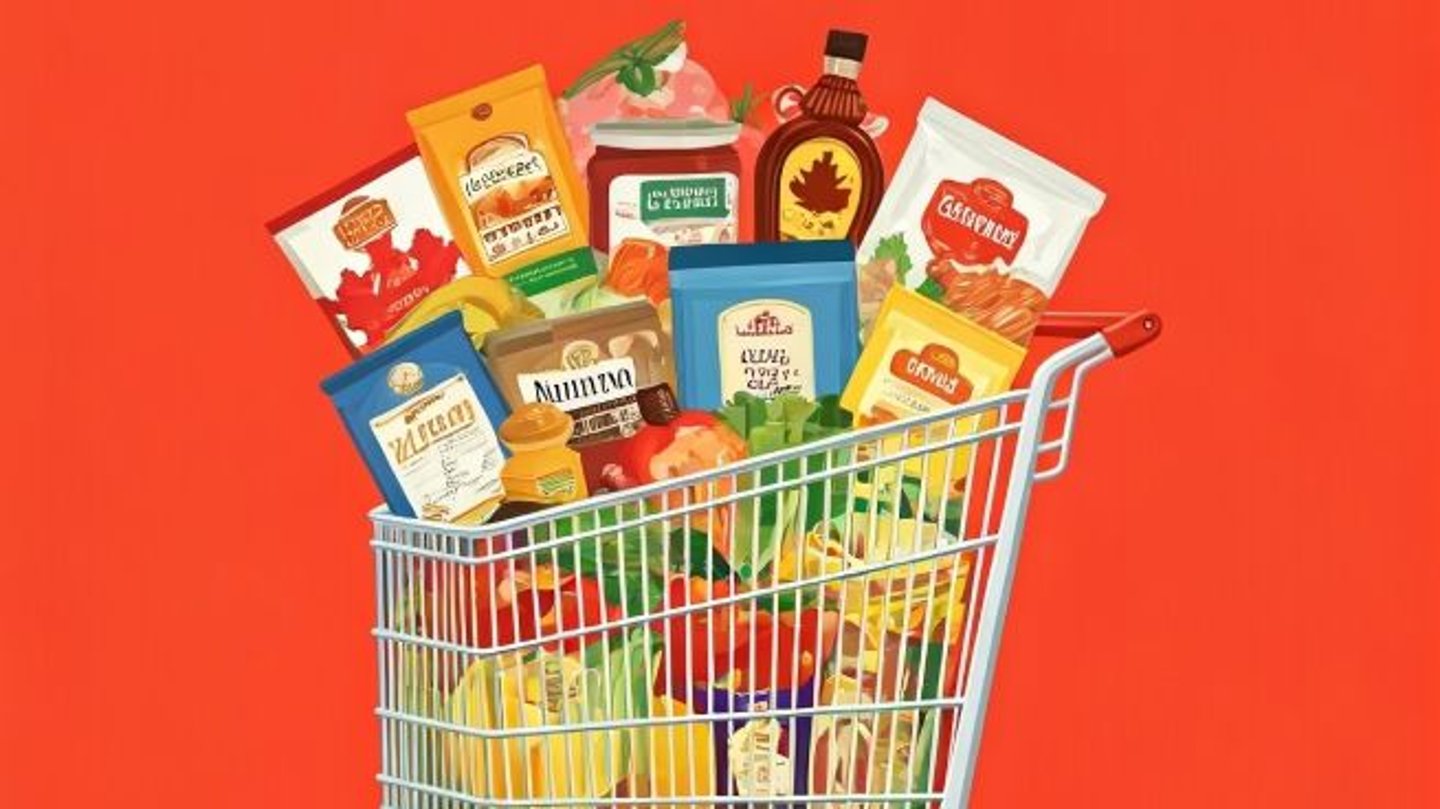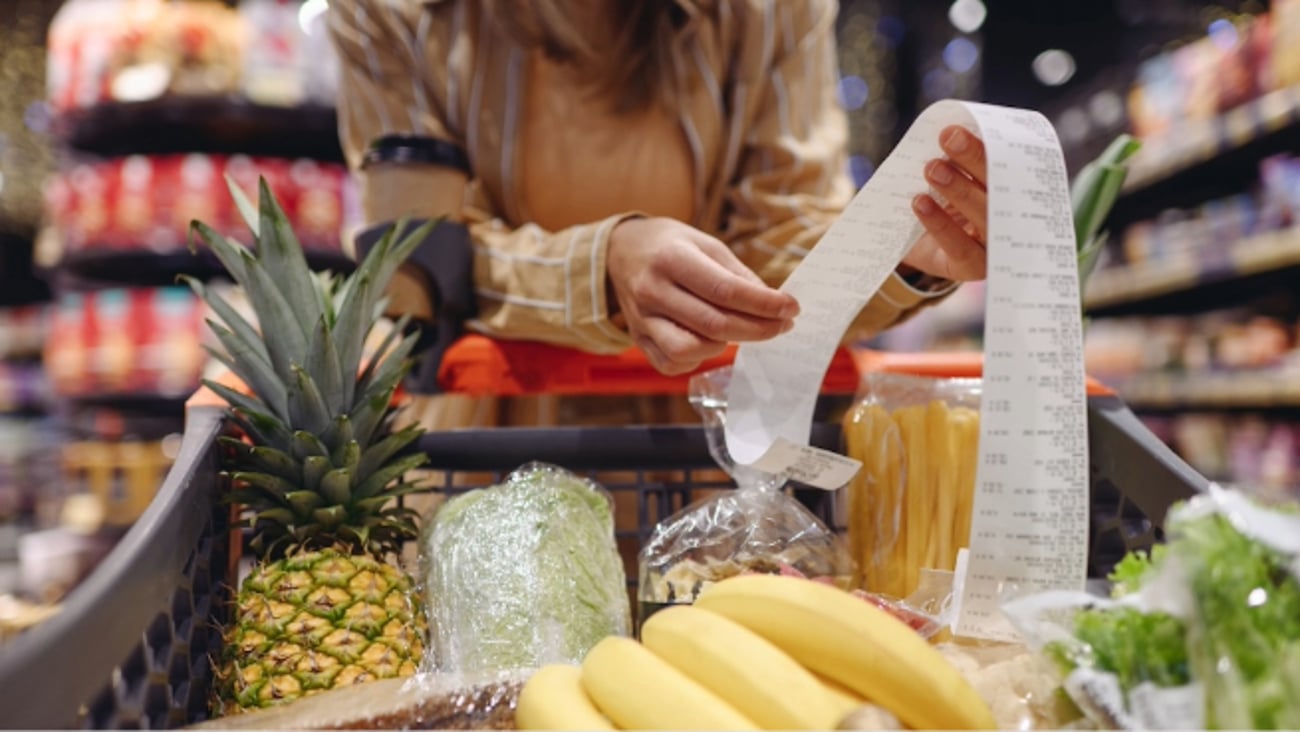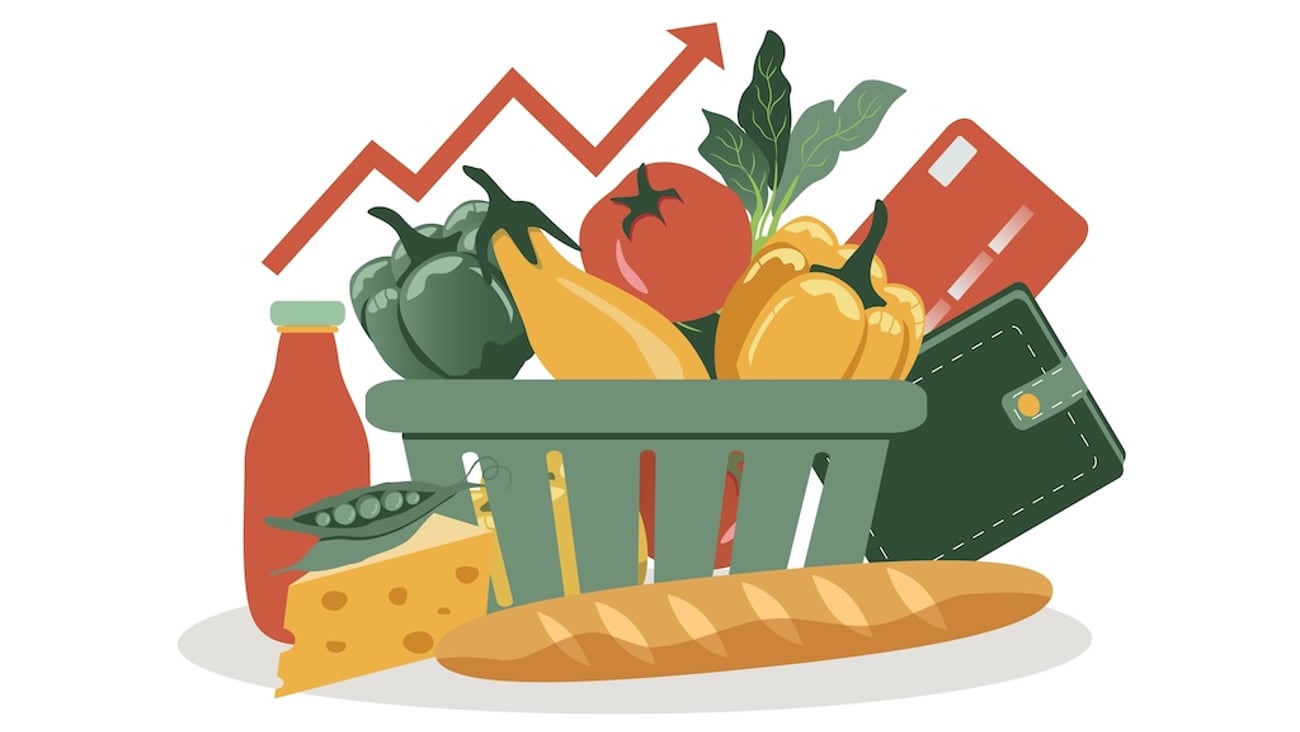Food patriotism has a price—and most Canadians say they’ll pay it
As geopolitical friction between Canada and the United States intensifies, particularly on the trade front, the real battleground may not be in boardrooms or policy circles—but in grocery aisles across the country. Our team at the Agri-Food Analytics Lab at Dalhousie University, in partnership with Caddle, surveyed nearly 10,000 Canadians at the end of March 2025 to assess how consumer sentiment might shift in the face of U.S. tariff actions.
The results are telling—and deeply instructive for food policy analysts, supply chain strategists, and retailers alike.
Asked whether they’d be willing to pay a premium (5–10%) for Canadian-grown produce, dairy, or meat over cheaper U.S. imports, 60.8% of Canadians said yes, either always or for specific products. This willingness was most pronounced among Baby Boomers, 36.2% of whom said they would always opt to “buy Canadian,” compared with just 25.5% among Gen Z. What this shows is more than patriotic sentiment. It's a consumer base increasingly aware of the origins of their food and prepared, in many cases, to absorb modest cost differentials to support Canadian producers—especially when they feel national interests are at stake. But the conditional nature of this support (“only for specific products”) underscores the reality: price elasticity still matters. Sentiment alone does not override household budgeting concerns, particularly among younger or more economically constrained demographics.
READ: Uncertainty surrounding tariffs remains. What can grocers do?
In the event of U.S. food import restrictions—a not-so-unthinkable scenario given recent policy signals—Canadians are nearly evenly split between turning to alternative international sources (39.6%) and absorbing the cost of Canadian-made substitutes (37.6%). Again, older Canadians lean toward global diversification, while Gen Z skews slightly toward local sourcing, despite their price sensitivity. This finding complicates the common narrative that younger consumers are always more global in orientation. It also highlights a key takeaway for policy-makers and retailers alike: Canadians value access and will adjust if given clear alternatives—but they also expect stability. Disruptions in American supply may not result in a linear shift to Canadian producers; sourcing strategies must remain agile and responsive to evolving market sentiment.
Despite all the goodwill toward Canadian agriculture, only 20.7% of respondents completely trust Canadian grocers and producers to maintain stable prices during trade instability. Another 30.6% somewhat trust them—but 48.7% are either neutral or express active distrust. This trust deficit matters. It speaks to a broader anxiety around pricing mechanisms and the transparency of cost transmission along the food value chain. Even as most consumers are willing to pay more when necessary, they’re not convinced that price increases are always justified—or fairly communicated. Retailers and industry groups should see this as a call to action. Improved transparency on cost structures, tariff impacts, and sourcing could bridge this trust gap. Communication, not just inventory, is part of food security.
When it comes to perceptions of food quality and safety, nearly 48% of Canadians believe that domestic products are superior to U.S. offerings. Only 1.5% view American food as better, and roughly 28% consider the two comparable. This represents an underleveraged advantage for Canada’s agri-food sector. “Brand Canada” still holds currency when it comes to food safety and quality—a crucial factor in premium positioning, both domestically and internationally. But with nearly one in three Canadians seeing parity between Canadian and U.S. products, especially among Gen X and Millennials, this perception is not ironclad. Investment in certification, labeling, and public communication could help entrench the comparative advantage.
Loblaw’s recent announcement to label tariff-affected products with a “T” is widely supported—60.6% of Canadians called it a “great idea,” with particularly strong support among women and Ontarians. While some see it as political or irrelevant to their purchasing habits, the initiative underscores something fundamental: consumers want clarity. From a food economics perspective, this is a crucial insight. Consumers are not passive. They seek to understand how macroeconomic forces—like trade policy—affect microeconomic realities, like grocery bills. Retailers who are transparent and proactive in this space can build long-term trust, even during periods of volatility.
For supply chain managers, policymakers, and retail leaders, these findings should catalyze three key strategies: support domestic supply resilience, enhance cost transparency, and leverage Canada's reputation for food quality. If the public is willing to pay more for Canadian food, ensure that Canadian producers are positioned to scale efficiently when import disruptions occur. Whether through labeling, public communication, or digital tools, clearer messaging about what drives food prices—especially during trade tensions—will build trust and reduce skepticism. And finally, strengthen the domestic brand not just with messaging, but with tangible investment in traceability, food safety standards, and global outreach.
In times of global uncertainty, Canadians still look inward for food security. The willingness to pay more for local goods, the openness to sourcing diversification, and the desire for pricing clarity all signal a mature, engaged consumer base. But goodwill is not infinite. Trust and transparency will be the critical currencies in weathering trade disruptions—and ultimately in safeguarding the integrity of our food system.






